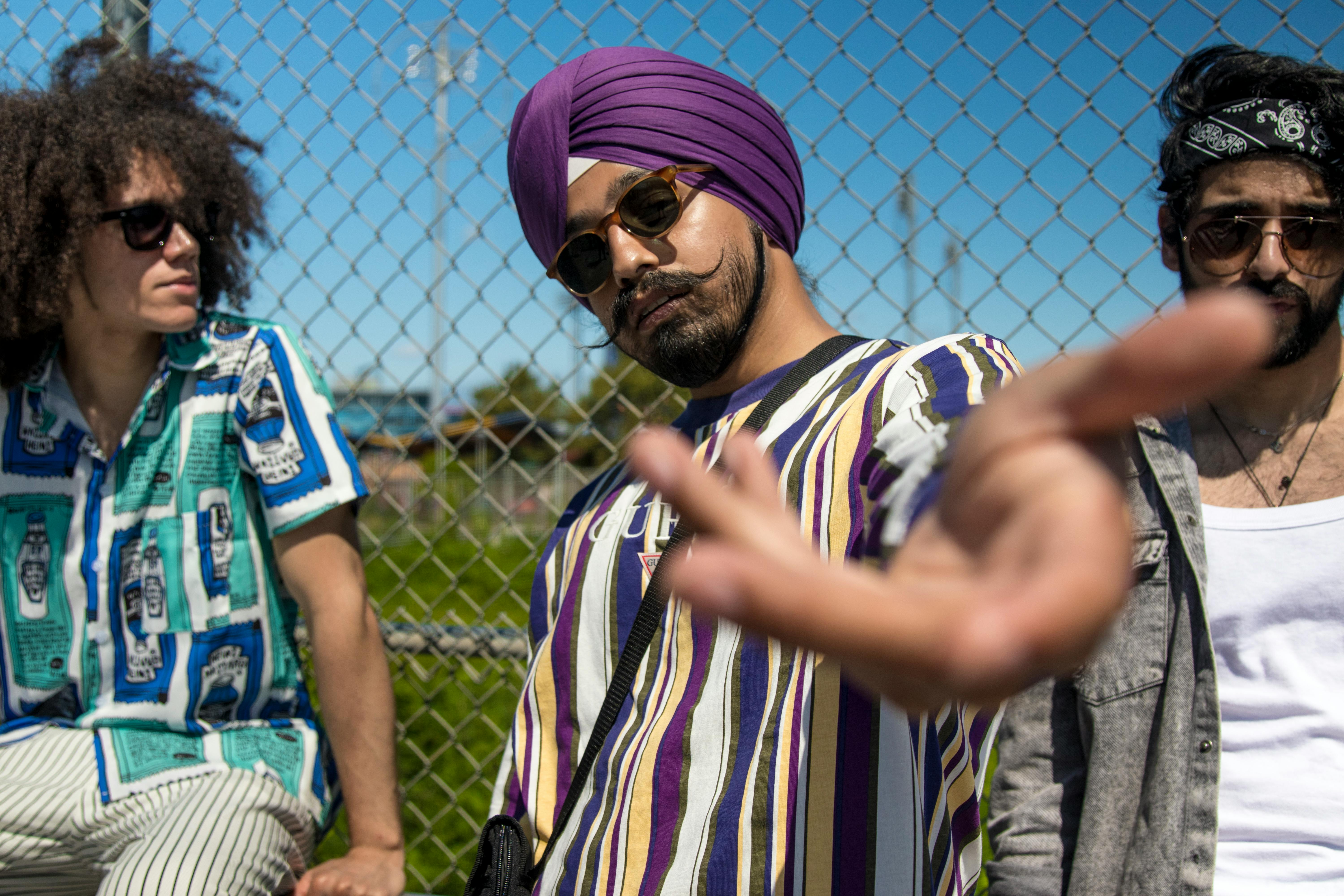Closed for repairs after the October 16, 2006 earthquake, Hulihe’e Palace, the jewel of Kailua Kona, will soon reopen to the public. So what is the history of this unique Royal Palace, one of only two, in America?
Introduction: The ghosts of Hawaiian monarchs are said to still haunt this palace, up and down the grand staircase and through the gardens. Built by Governor James Kuakini in 1838 as a home, it was used for many years by Hawaiian royalty as a summer vacation palace, a venue for grand galas and parties. Abandoned to ruin in 1914, since 1928 the Palace has been operated as a museum by the Daughters of Hawaii.
Also on the Palace grounds are the Pohaku Likanaka, a ceremonial execution stone, a fish pond, and the Palace Gift Shop, which has many hard-to-find fine art items and books on Hawai’iana.
The museum is open Monday through Friday from 9 a.m. to 6 p.m. M. At 4 p. M. And on Saturdays and Sundays from 10 a. M. At 4 p. M. There are friendly and knowledgeable teachers who offer free tours, lasting about 45 minutes. Admission is $ 5 for adults, $ 4 for seniors, and $ 1 for students; Photography is prohibited inside the museum.
History: One of the most interesting things about the Palace is the derivation of its name, Hulihe’e. Huli means “turn or turn” and comes from the same root as “hula”, the “dance of turns”. He’e is a generic term for cephalopods (octopus and squid). The term “rotating octopus” does not refer to an aquatic species, but to a form of tactical defense employed by the Hawaiians when defending the coastline against superior attack forces. Defenders are stretched out in arms, or tentacles, that rotate from one area to another when waves of attackers hit the ground.
Hulihe’e Palace was built by the Great Chief (later Governor) James Kuakini in 1838 as a home. After her death, Princess Ruth Ke’elikolani lived in a turf house (hale pili) on the grounds, the foundations of which are still visible. The palace then reverted to being a summer party palace for Hawaiian royalty, then resided in Honolulu, especially King Kalakaua, the Merrie monarch, until it was left in ruins in 1914. Prince Kuhio, the first delegate to Congress from Hawaii, inherited the palace. from his father and in the 1920s he decided to auction all the furniture. Palace staff numbered each piece and noted who the buyers were.
Around the turn of the century, the palace fell into disrepair and provided a low-key place for men to gather in the evenings, play poker, and drink by the light of kerosene lanterns. The Daughter’s of Hawaii, when they learned in 1920 that the Inter Island Steamship Company was planning to acquire and tear down the Palace to build a luxury complex on the royal grounds, they rescued the Palace and have operated it as a museum ever since. The Daughters of Hawaii found the old buyer’s list of the furniture that Prince Kuhio had auctioned off and persuaded many of the owners to return, resell, or permanently loan these priceless pieces to the museum.
Today, the museum contains an impressive array of Native Hawaiian artifacts, from hooks to sticks to combs. The walls are adorned with many portraits of Ali’i and Westerners important to Hawaiian history. There is also intricately carved furniture by local and European masters like Wilhelm Fisher, including huge beds, impressive cabinets, and a 6-foot-diameter table carved from a single koa log.
